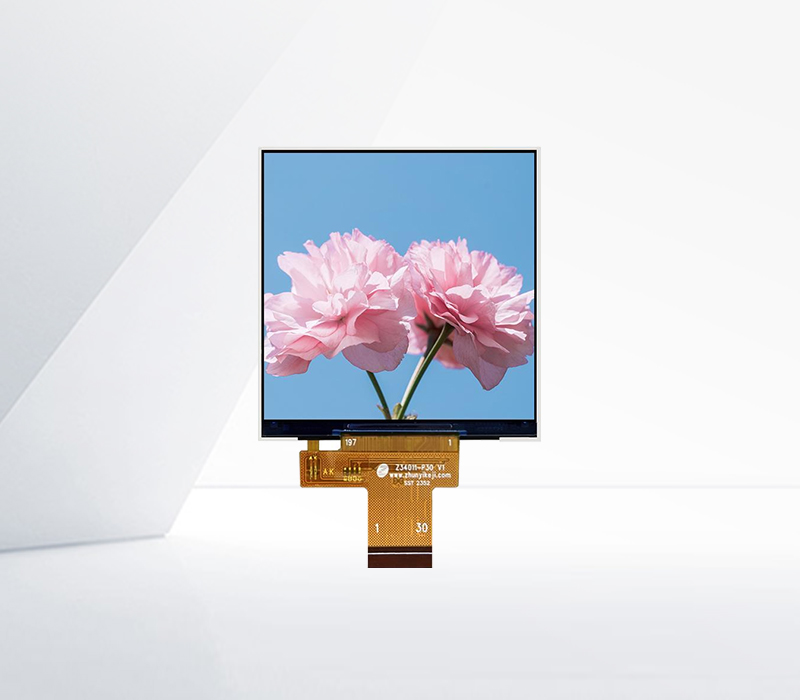



The driving of liquid crystal display panels involves complex electronic processes to control the orientation of liquid crystals and display images accurately. There are several key driving methods used in LCD technology.
The most common driving method is the active - matrix driving method, which is widely used in modern LCDs. In an active - matrix LCD, each pixel is controlled by a thin - film transistor (TFT) or a metal - oxide - semiconductor (MOS) transistor. These transistors act as switches that can independently control the voltage applied to each pixel. By adjusting the voltage, the orientation of the liquid crystals within the pixel can be changed, which in turn controls the amount of light passing through the pixel. This allows for precise control of the brightness and color of each pixel, enabling the display of high - quality images.
The active - matrix driving method can be further divided into different sub - types, such as the TFT - LCD (Thin - Film Transistor Liquid Crystal Display) and the OLED - LCD (Organic Light - Emitting Diode Liquid Crystal Display). TFT - LCDs are the most prevalent type, using inorganic semiconductor materials for the transistors. OLED - LCDs, on the other hand, incorporate organic materials in the display structure, which can offer advantages such as faster response times and better contrast ratios.
Another driving method is the passive - matrix driving method, although it is less commonly used in modern high - performance LCDs. In a passive - matrix LCD, the pixels are controlled by a grid of electrodes. When a voltage is applied to the intersection of the row and column electrodes, the corresponding pixel is activated. However, this method has limitations, such as slower response times and lower contrast ratios compared to the active - matrix method, as it cannot precisely control each pixel individually.
In addition to the basic driving methods, there are also various techniques used to enhance the performance of LCD panels. For example, pulse - width modulation (PWM) is often used to control the brightness of the backlight in an LCD. PWM works by rapidly switching the backlight on and off at a high frequency, and adjusting the duty cycle (the proportion of time the backlight is on) to control the average brightness. This method allows for precise brightness control while maintaining good color accuracy. Additionally, techniques such as frame - rate control and overdrive are used to improve the response time of LCDs, reducing motion blur and making the display of fast - moving images smoother.

